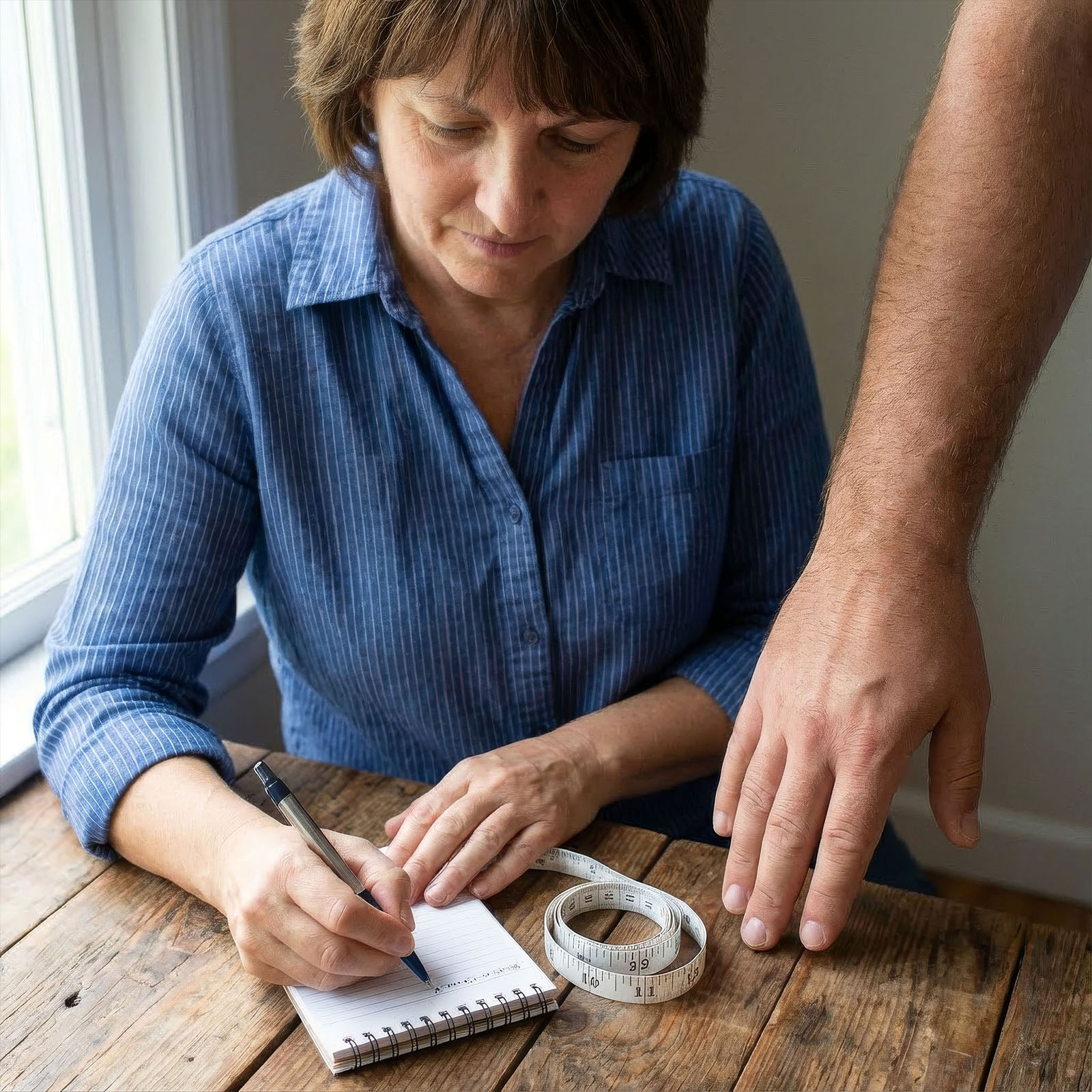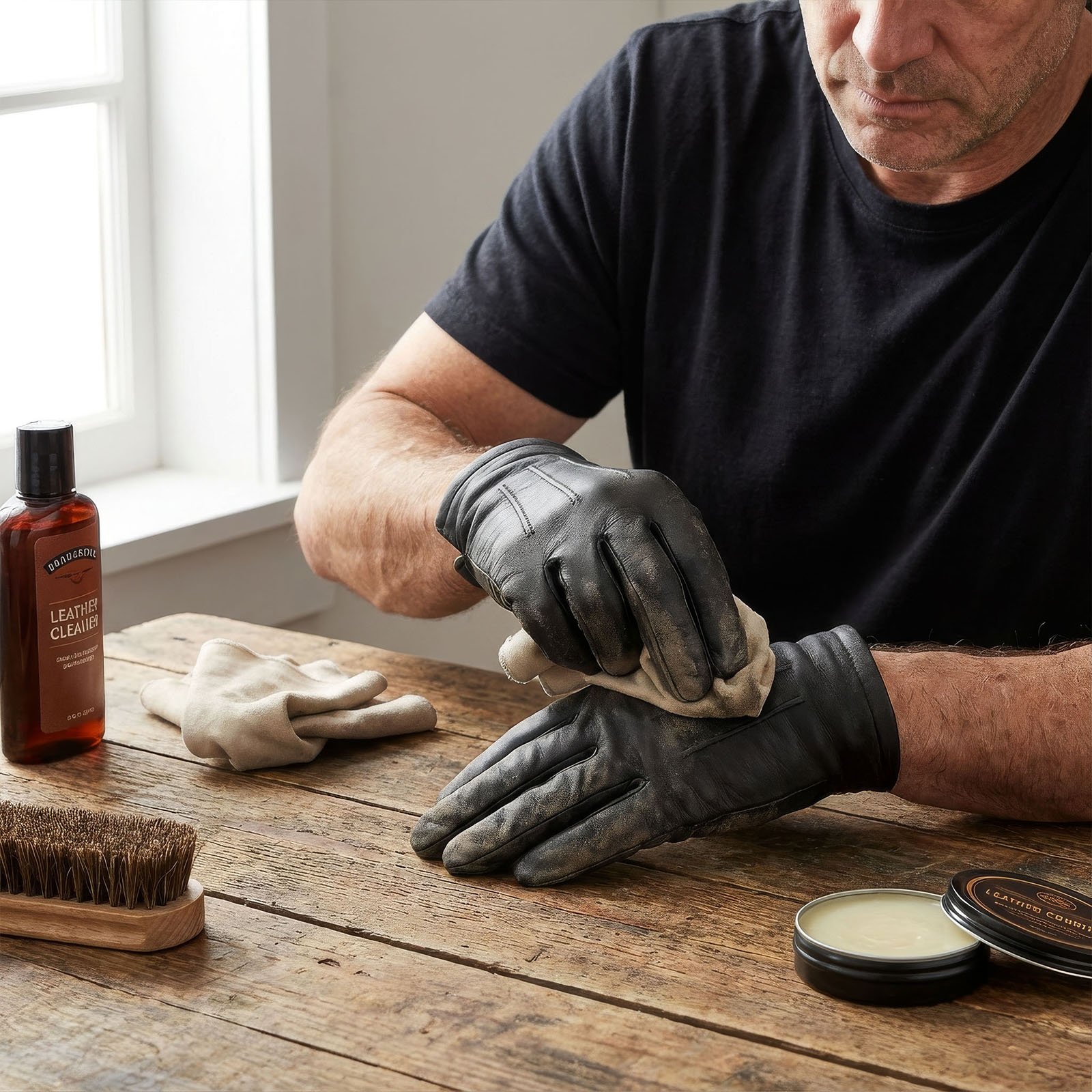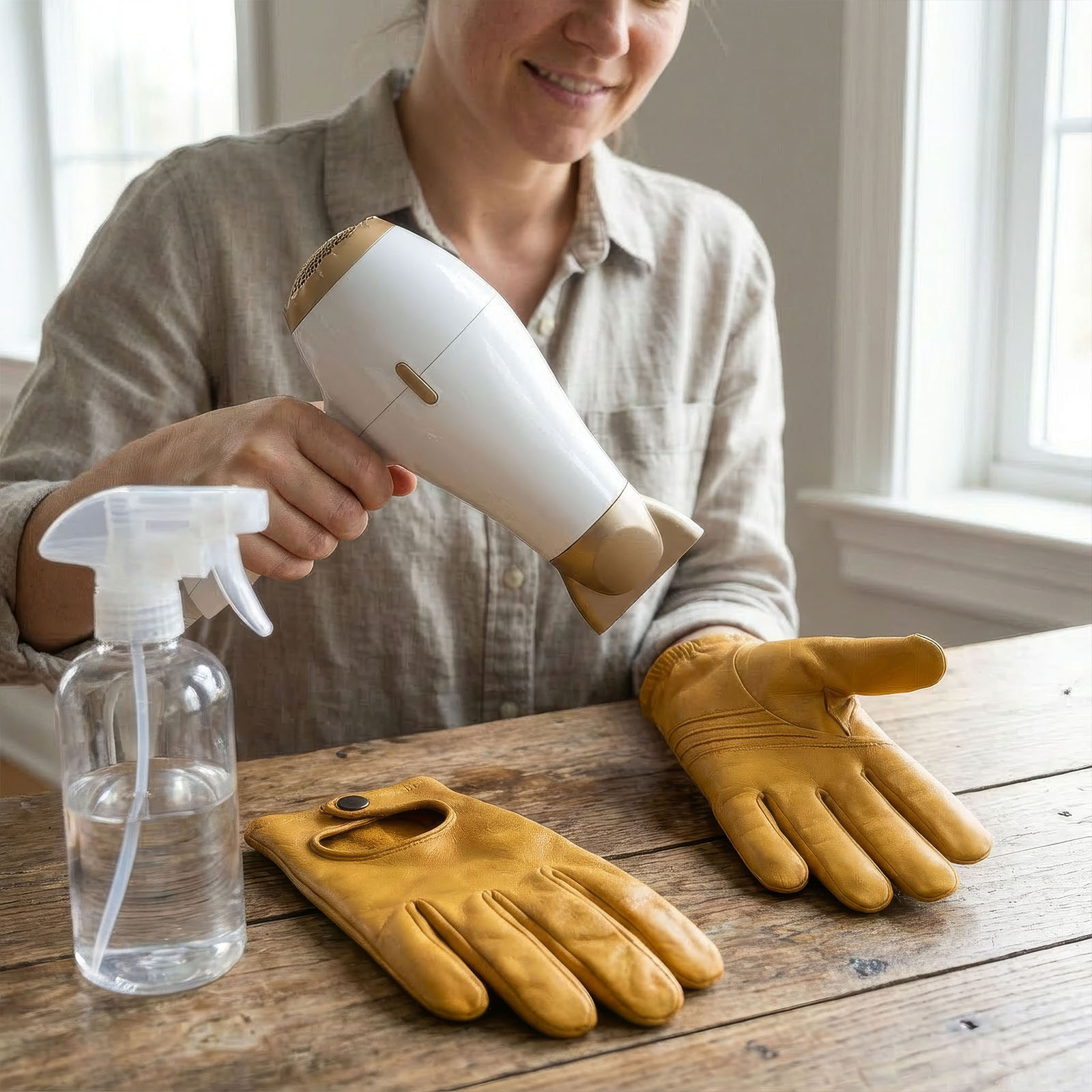What are the Best Gloves for Raynaud’s Disease?

Leather mittens with finger-separation liners prevent cold-triggered symptoms by keeping each finger consistently warm. Leather, as a natural insulator, retains heat while allowing breathability, making them some of the best gloves for managing Raynaud’s disease.
Managing Raynaud’s in Winter
For those living with Raynaud’s disease, winter brings more than just a chill—it brings real challenges. Raynaud’s causes areas like fingers and toes to feel numb and cold when exposed to low temperatures or stress. This vascular disorder forces small arteries to constrict, reducing blood flow and triggering color changes, pain, and in severe cases, sores or ulcers.
Because even mild cold can trigger an episode, prevention is crucial. The right pair of gloves or mittens isn’t a luxury—it’s a necessity. Material, design, and fit all play key roles in keeping Raynaud’s symptoms at bay.
Understanding Raynaud’s Disease
Named after Dr. Maurice Raynaud, who first described it in 1862, Raynaud’s disease is marked by sudden vasospasms—attacks where blood supply to the extremities is reduced. During these episodes, fingers may turn white or blue, becoming painfully cold and numb. Once blood flow returns, the skin can flush red as warmth returns. Episodes can last minutes to hours, varying in frequency and severity. For some, Raynaud’s is an inconvenience. For others, it’s debilitating.
Why Gloves Are Essential for Raynaud’s
Keeping hands consistently warm is one of the most effective strategies to prevent Raynaud’s flare-ups. Not all gloves are equal. The best options combine warmth, insulation, breathability, and a proper fit that doesn’t restrict circulation. That’s where high-quality leather mittens with finger liners excel.
The Importance of Material: Why Leather Works
Leather is naturally insulating yet breathable, making it superior to many synthetics. Unlike fabrics that trap moisture, leather allows vapor to escape while retaining heat, keeping hands both warm and dry. Quality matters too—North American deerskin, used in Pratt & Hart’s Snowfall Mittens, is supple, durable, and molds to your hand over time for a custom fit that enhances both comfort and insulation.
The Advantage of Finger Liners
Classic mittens conserve warmth by keeping fingers together, but warmth can sometimes be uneven. Finger-separation liners solve this problem. Each finger gets its own insulated compartment while still sharing heat. In Pratt & Hart’s Snowfall mittens, Polartec® Classic 200 fleece liners add lightweight yet powerful insulation, ensuring consistent warmth throughout the hand.
Why Fit Matters
A poor fit can either let cold air in or restrict blood flow—both dangerous for Raynaud’s sufferers. The Snowfall mittens feature an elastic-shirred wrist, sealing in warmth without pinching circulation. They also provide extended wrist coverage to prevent exposure where sleeves ride up.
What Else to Wear for Raynaud’s
Layering is key: start with moisture-wicking base layers, add insulating fleece or wool, and finish with a windproof outer shell. Pair leather mittens with warm boots, moisture-wicking socks, and a fleece-lined hat and scarf. Avoid clothing that’s overly tight, as restricted circulation can worsen Raynaud’s symptoms.
Why Pratt & Hart’s Snowfall Leather Mittens Stand Out
- Material Quality: North American deerskin for softness, durability, and superior insulation.
- Finger Separation Liners: Polartec® fleece provides individualized warmth while maintaining finger-to-finger heat transfer.
- Secure Fit: Elastic wrists keep warmth in and cold air out without restricting blood flow.
- Timeless Style: Available in black, brown, and tan—designed to look as good as they perform.
- Comfort: Soft leather and plush fleece lining keep hands cozy even during long wear.
What Raynaud’s Sufferers Are Saying
“I absolutely love these! I live in Chicago and unfortunately am plagued by Raynaud’s… bad combination. These mittens have been a lifesaver. The finger liners keep my fingers warm and prevent the cold from spreading.”
Bottom Line
For Raynaud’s sufferers, keeping hands consistently warm is vital. Pratt & Hart’s Snowfall Leather Mittens combine premium leather, innovative liners, and a comfortable fit to deliver reliable protection against cold-triggered symptoms. Stylish, durable, and designed with real needs in mind, they’re an investment in both comfort and health.
Newsletter Sign Up
Sign up for our newsletter so you don't miss out on any great deals!


